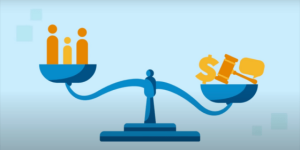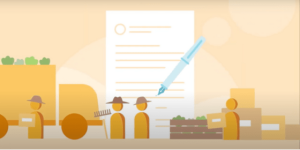Publication: KLCC Bridge
Published: 05/31/08
Like many Native American cultures, the Lummi Nation has a long tradition of using talking circles to address issues in the community that affect the wellbeing of the community at large. In times past, however, the talking circles, though an intrinsic part of the life of the community, were not used to address specific community problems. From April 22- 25, there was a chance to revamp the traditional view of the applicability of circles to addressing specific ills confronting the modern Lummi Community. During this weekend, Saroeum Phoung, formerly of KLCC’s Roca site in Chelsea, Mass., arrived at Lummi to conduct the Lummi Peacemaking Circles Workshop, an intensive training in peacemaking circles. “This was my first time coordinating circles having an outsider come to talk about it, and I was nervous,” says Shasta Cano-Martin, Lummi CEDAR Project program manager.
According to Cano-Martin, there was a core group participation of about 20 to 25 people who attended the workshop all four days, with daily attendance fluctuating between about 20 and 40 people, and she plans to rely upon them to be a support system for people in the community keeping their own circles. They will be trained as keepers so that there are a critical number of people familiar enough with the process that they can be called upon if any contentious or problematic situation arises.
Beyond the everyday challenges that can be addressed through peace circles there are applications for individuals facing the criminal justice system. Chief Justice Tim Gailey accompanied Phoung from Massachusetts because of his commitment to providing widespread training in jail alternatives programming. He believes in the process and came with Phoung on his own time to offer information on useful ways to approach different situations within the court system if there is a commitment to finding better ways to help people deal with conflicts or even criminal situations. Justice Gailey has been using it in his own court and recognizes its value.
Other broad applications are also possible, in Cano-Martin’s opinion. “Circles can be brought into organizations and adapted to everyday life,” she says. “[They] can go into meetings and boardrooms, too.” The key is to keep it going in the community. With this end in mind, Lummi is planning to expand future impact through another training that will take place in June to reach out to a broader segment of the community. “Although we use talking circles, it’s not a process we use consciously every day to deal with tough things going on in our community. Here, we broke it down to building relationships, honoring and respecting one another, not just rushing through.”
Click here for more information.



